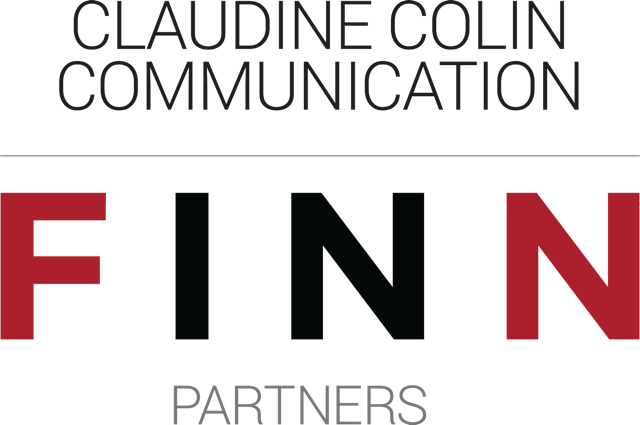The art of building and assembling is the trademark of Renzo Piano, born into a family of builders whose projects were experimentation fields in the technical sector as well as on the urban scale. If there is a common theme in his work, it is the relationship with the city. Designing the highest tower in Europe on a London train station in the same way as inserting asmall building in a Haussmannian block in Paris or developing an eco-district in northern Italy in Trento, or incorporating the new Maltese parliament into the “City of the Knights” in Valletta, are challenges that Renzo Piano and his team like to tackle. To be precise, the question is clearly one of teamwork with his partners at the Building Workshop. Unlike the usual retrospective, the aim of this exhibition is to update that very specific collective process in which no one no longer knows who had the idea first. “The Piano method” focuses on this indispensable iteration at work in the Genoa office, as well as the one in Paris; this is its trade secret.
The “laboratory” aspect of this work is presented in the exhibition’s first introductory section, dedicated to research on lightweight structures that Renzo Piano developed in the 1960s. At this period, he didn’t know that France was going to give him, with the Centre Pompidou designed with his teammate Richard Rogers, the springboard needed to acquire an international dimension. Through a system of very well-documented tables, the exhibition invites the visitor to enter the universe of a project, plunging him into this experimentation approach that made it possible to build a renowned museum in New York, a vertical law court in Paris or a rammed-earth pediatric hospital in Uganda. Exploiting the potential of different materials by pushing the limits of construction techniques is the idea.
Uncountable models and prototypes are studied and finalized to test the theories. Work on structure, building materials, climate, urbanity, Renzo Piano’s creations take on a particular dimension when they are, moreover, compared to those of Louis Kahn or Le Corbusier.
The exhibition’s thematic itinerary is built around six families of projects mainly in Europe and the United States, with a special focus on a humanitarian project in Africa.
LANDSCAPES
Tjibaou Cultural Center in Nouméa (1998)
Zentrum Paul Klee in Bern (2005)
Science Museum in San Francisco (2008)
HEIGHTS
Shard of Glass in London (2013)
Law court in Paris (delivery in 2017)
COMPARISONS
Monastery Sainte-Claire in Ronchamp (2011)
Kimbell Art Museum in Fort Worth (2013)
URBAN HERITAGE
Fondation Jérôme Seydou-Pathé in Paris (2014)
Whitney Museum of American Art in New York (2015)
Amiens citadel (2015)
PIECES OF THE CITY
Le Albere district in Trento (2013)
Columbia University campus in New York (since 2002)
Stavros Niarchos Cultural Center in Athens (since 2008)
MATERIALS
Maltese parliament in Valletta (2015)
Pediatric hospital in Entebbe, Uganda (since 2013)
The exhibition is organized in collaboration with the Fondazione Renzo Piano in Genoa and the RPBW in Paris.
Related to the exhibition. A workshop on the theme of the periphery will mobilize this fall five national architecture schools: ENSA Versailles, ENSA Marne-la-Vallée, ENSA Val-de-Seine à Paris, ENSA Toulouse, ENSA Strasbourg.
Press opening on Tuesday, November 10 from 5 p.m.
in the presence of Renzo Piano.

